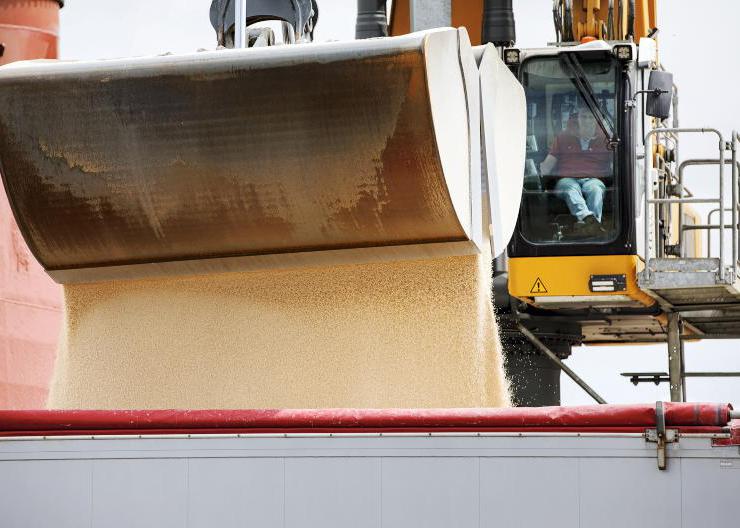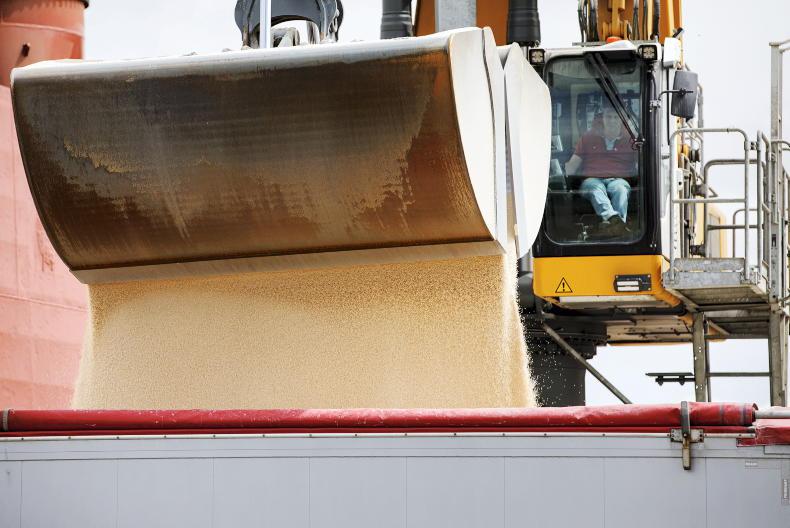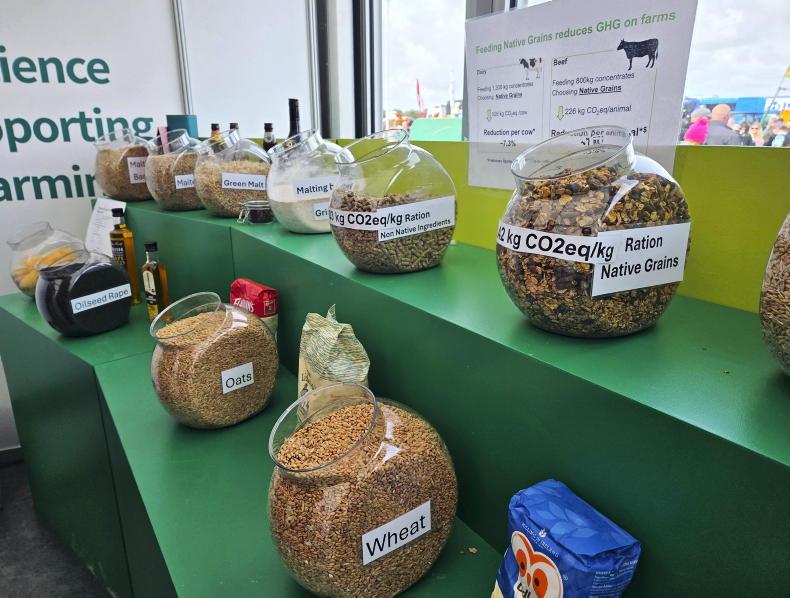Nitrogen (N), phosphorus (P) and potassium (K) are extremely important for crop production, but it is also important to look at other nutrients affecting crop growth to possibly reduce spend on N, P and K fertiliser and help make plants more resilient.
Speaking at the Irish and Tillage Land Use Society’s (ITLUS) spring workshop, Robbie Byrne of Precision Nutrition noted that soil pH and calcium are issues that still need to be addressed, but magnesium and manganese continue to show up as deficient in leaf and sap analysis.
He commented that farmers need to fine-tune the nutrients being given to crops, rather than applying a broad spectrum of nutrients which may not all be required.
Robbie advised farmers to carry out comprehensive soil testing and follow up with some leaf or sap analysis to try and fine-tune those recommendations as the season progresses.
He then outlined three main pathways to address nutrient deficiencies:
From the soil.Seed dressings.Foliar nutrition.He noted that magnesium is important for chlorophyll in the leaf, which helps to intercept sunlight and in turn increase crop yield.
Be careful with boron, because a little can do a decent amount of good, but a lot can start to do a lot of harm as well
Sulphur is another element Robbie mentioned which can help to improve nitrogen use efficiency, but can also make plants healthier and more resilient against pests and diseases.
Boron, which helps to build cell walls in the plant, was also mentioned, but Robbie cautioned: “Be careful with boron, because a little can do a decent amount of good, but a lot can start to do a lot of harm as well.”
Robbie added that plant nutrition can play an important role in reducing our nitrogen and pesticide use, making plants healthier, which will all help to contribute to the targets set out in the EU’s Green Deal.
Fertiliser spreader set up
Continuing on the fertiliser savings theme, Tom O’Connor of Cooney Furlong Machinery Company gave an insight into some of the advancements in fertiliser spreader technology.
He urged farmers to carry out a tray test to check their fertiliser spread pattern at least once in the year
He explained that a farmer applying fertiliser with the Amazone spreader parked beside him could email their settings directly to the Amazone test centre in Germany, meaning that every farmer using the system can contribute to improving calibration of these spreaders.
He urged farmers to carry out a tray test to check their fertiliser spread pattern at least once in the year, but preferably more regularly.
He noted that spreading widths, increased speeds and variations in fertiliser products will all affect the spread pattern and if this is off, it can affect your profits through reduced yields and applying fertiliser where it is not needed.
Nitrogen (N), phosphorus (P) and potassium (K) are extremely important for crop production, but it is also important to look at other nutrients affecting crop growth to possibly reduce spend on N, P and K fertiliser and help make plants more resilient.
Speaking at the Irish and Tillage Land Use Society’s (ITLUS) spring workshop, Robbie Byrne of Precision Nutrition noted that soil pH and calcium are issues that still need to be addressed, but magnesium and manganese continue to show up as deficient in leaf and sap analysis.
He commented that farmers need to fine-tune the nutrients being given to crops, rather than applying a broad spectrum of nutrients which may not all be required.
Robbie advised farmers to carry out comprehensive soil testing and follow up with some leaf or sap analysis to try and fine-tune those recommendations as the season progresses.
He then outlined three main pathways to address nutrient deficiencies:
From the soil.Seed dressings.Foliar nutrition.He noted that magnesium is important for chlorophyll in the leaf, which helps to intercept sunlight and in turn increase crop yield.
Be careful with boron, because a little can do a decent amount of good, but a lot can start to do a lot of harm as well
Sulphur is another element Robbie mentioned which can help to improve nitrogen use efficiency, but can also make plants healthier and more resilient against pests and diseases.
Boron, which helps to build cell walls in the plant, was also mentioned, but Robbie cautioned: “Be careful with boron, because a little can do a decent amount of good, but a lot can start to do a lot of harm as well.”
Robbie added that plant nutrition can play an important role in reducing our nitrogen and pesticide use, making plants healthier, which will all help to contribute to the targets set out in the EU’s Green Deal.
Fertiliser spreader set up
Continuing on the fertiliser savings theme, Tom O’Connor of Cooney Furlong Machinery Company gave an insight into some of the advancements in fertiliser spreader technology.
He urged farmers to carry out a tray test to check their fertiliser spread pattern at least once in the year
He explained that a farmer applying fertiliser with the Amazone spreader parked beside him could email their settings directly to the Amazone test centre in Germany, meaning that every farmer using the system can contribute to improving calibration of these spreaders.
He urged farmers to carry out a tray test to check their fertiliser spread pattern at least once in the year, but preferably more regularly.
He noted that spreading widths, increased speeds and variations in fertiliser products will all affect the spread pattern and if this is off, it can affect your profits through reduced yields and applying fertiliser where it is not needed.










SHARING OPTIONS